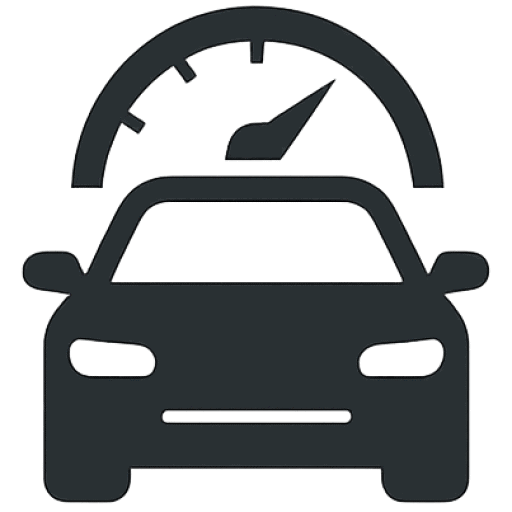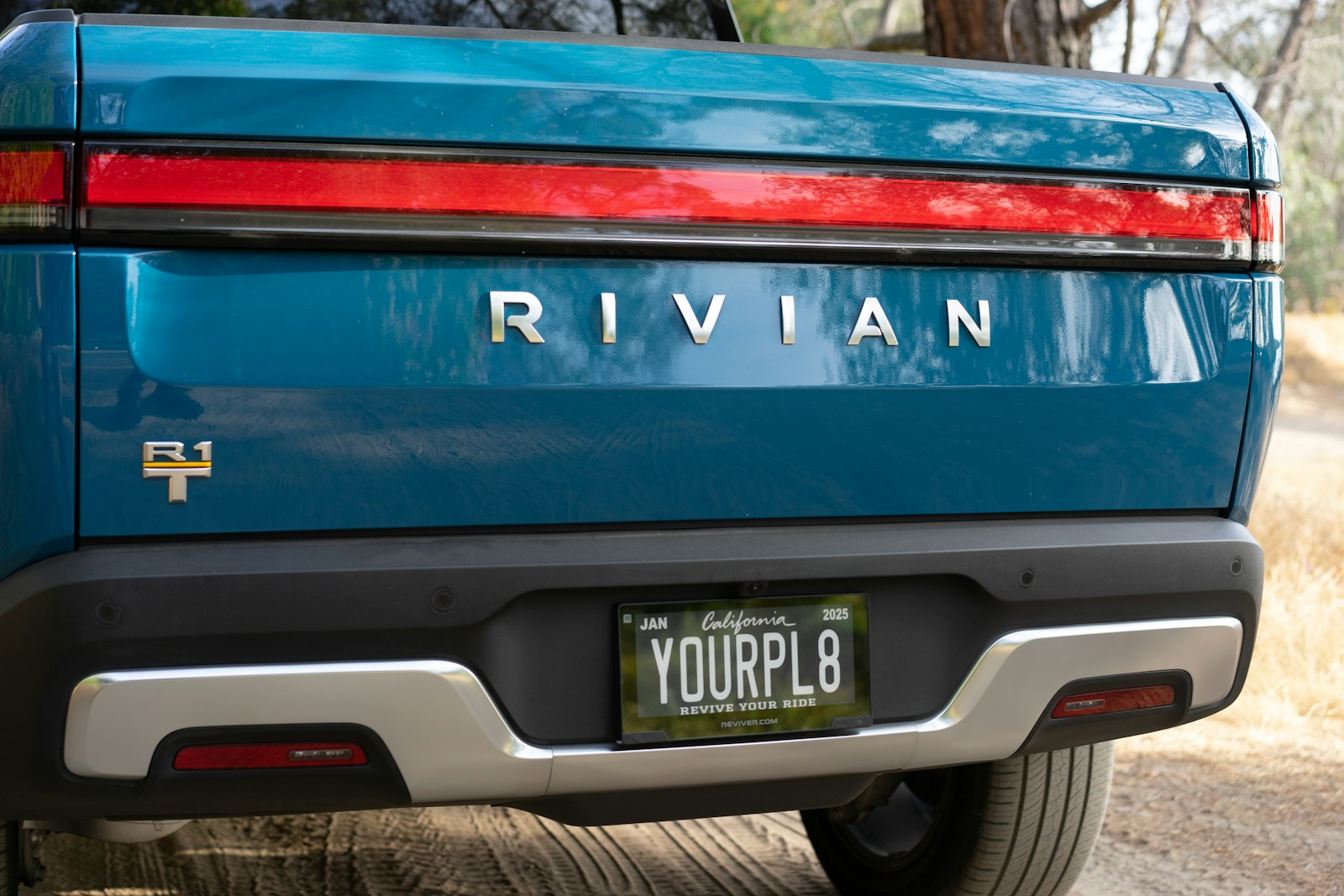I’ve taken a few long-haul trips in my Rivian R1T, and if there’s one thing I’ve learned, it’s that preparation makes the difference between a smooth adventure and an unexpected headache. Whether you’re planning a weekend in the mountains or a multi-state national park tour, getting your Rivian road-trip ready is about more than just charging up and hitting the road.

Here’s exactly how I prep my Rivian for long-distance travel—from fluids and tires to the accessories that make the ride better.
1. Check Fluids and Coolant System
EVs like the Rivian still rely on fluid systems to keep everything operating safely—especially the battery and powertrain cooling systems.

- Coolant Levels: Check your thermal management coolant. You’ll find it in the front under the hood. Make sure it’s between the min and max lines. If it’s low, don’t top off with just anything—use the manufacturer-recommended coolant mix (available at Rivian Service or via mobile service).
- Windshield Washer Fluid: Obvious, but easy to overlook. Refill before the trip—especially if you’re heading through dusty or buggy terrain.
There’s no engine oil or transmission fluid to deal with, which is a major relief. Still, keeping that coolant in check is critical for maintaining battery health on long trips.
2. Tires: Pressure, Wear, and Readiness
Your tires are doing a lot of work on a cross-country haul—especially if you’re carrying gear or driving through varying elevations.

- Check PSI: The recommended tire pressure is on the driver-side door panel. I usually inflate to the higher end of the range before a trip, especially if the bed is loaded.
- Inspect Tread: Uneven wear or shallow tread can become a major issue when it rains or gets cold. If you see anything near the wear bars, replace before the trip.
- Rotate if Needed: If you haven’t rotated your Rivian’s tires recently, get that done before a long haul. It’ll help with efficiency and reduce vibration on the freeway.
And don’t forget to recalibrate your tire pressure warning system if you’ve just rotated or swapped your tires.
3. Plan Your Charging Stops Ahead
This is where driving an EV becomes a planning game—especially if you’re heading somewhere rural. I use a combo of the Rivian app and A Better Route Planner (ABRP) to map out fast chargers along the route.

Here’s how I break it down:
- Start with 90% charge unless you’re aiming for max regen
- Plan for charging every 150–200 miles, even if you can technically stretch it to 300+
- Look for chargers near food, rest areas, or hiking spots, so you’re not just sitting in a parking lot
If your trip includes campgrounds, RV parks with NEMA 14-50 plugs can be gold.
4. Must-Have Accessories for Long Trips
Over the past year, I’ve added a few things to my Rivian that have made road trips better:

- All-Weather Floor Mats: You’ll thank yourself when you get back from a muddy hike.
- Rivian Gear Tunnel Shuttle or Camp Kitchen (if you have it): Massive convenience on camping trips.
- Portable Air Compressor: Great for adjusting tire pressure mid-trip, especially if you’re going between highway and off-road terrain.
- Rooftop Storage or Crossbars: If you’re bringing bikes, kayaks, or extra luggage, rooftop gear helps keep your bed open.
- Fridge Cooler: Rivian’s built-in 12V outlets make it easy to run an electric cooler instead of relying on ice. Total game changer.
5. Run a Quick Tech Check

Before I leave, I always do a quick check of:
- Firmware Updates: Make sure everything is up to date before you’re out of service range.
- Phone Key & Backup Key Card: Always carry a backup in case your phone dies or loses connection.
- Navigation Offline Maps: Download your route areas ahead of time using Google Maps or the Rivian system just in case.
6. Final Pre-Trip Tips

- Give yourself 1 extra hour of buffer time on day one. Charging might take longer than expected depending on how busy the network is.
- Bring charging adapters if you plan to use Level 2 chargers at hotels or public parking garages.
- Clean the windshield and sensors for your driver assist features (especially in the winter or off-road environments).
You Might Also Be Interested In:
- Best Home Wall Chargers for Bolt EUV Owners
- Top Rated Windshield Sun Shades
- Must-Have Car Accessories for Road Trips with Friends
Prepping your Rivian doesn’t have to be stressful. With just a bit of advance planning and a few smart add-ons, you’ll be set up for a long-distance drive that feels just as comfortable and capable as your usual city rides—just with a lot more scenery.

Let’s Talk Cars
Have a question? A suggestion? Just want to say hi?
You’re in the right place.
Use the form below to reach out to the AutoSpecs Daily team. We're happy to hear from readers, car lovers, first-time buyers, and anyone who's got something to share.
What can you contact us about?
- Feedback on one of our articles
- Ideas for new topics you'd like us to cover
- Questions about cars, gear, or general auto advice
- Media, partnership, or brand inquiries
- Anything else that's on your mind
We check every message that comes through and do our best to respond within 2 to 3 business days.
We don’t list an email address here to avoid spam, but the contact form is the best and fastest way to reach us.
Thanks for stopping by. We're glad you're here.

